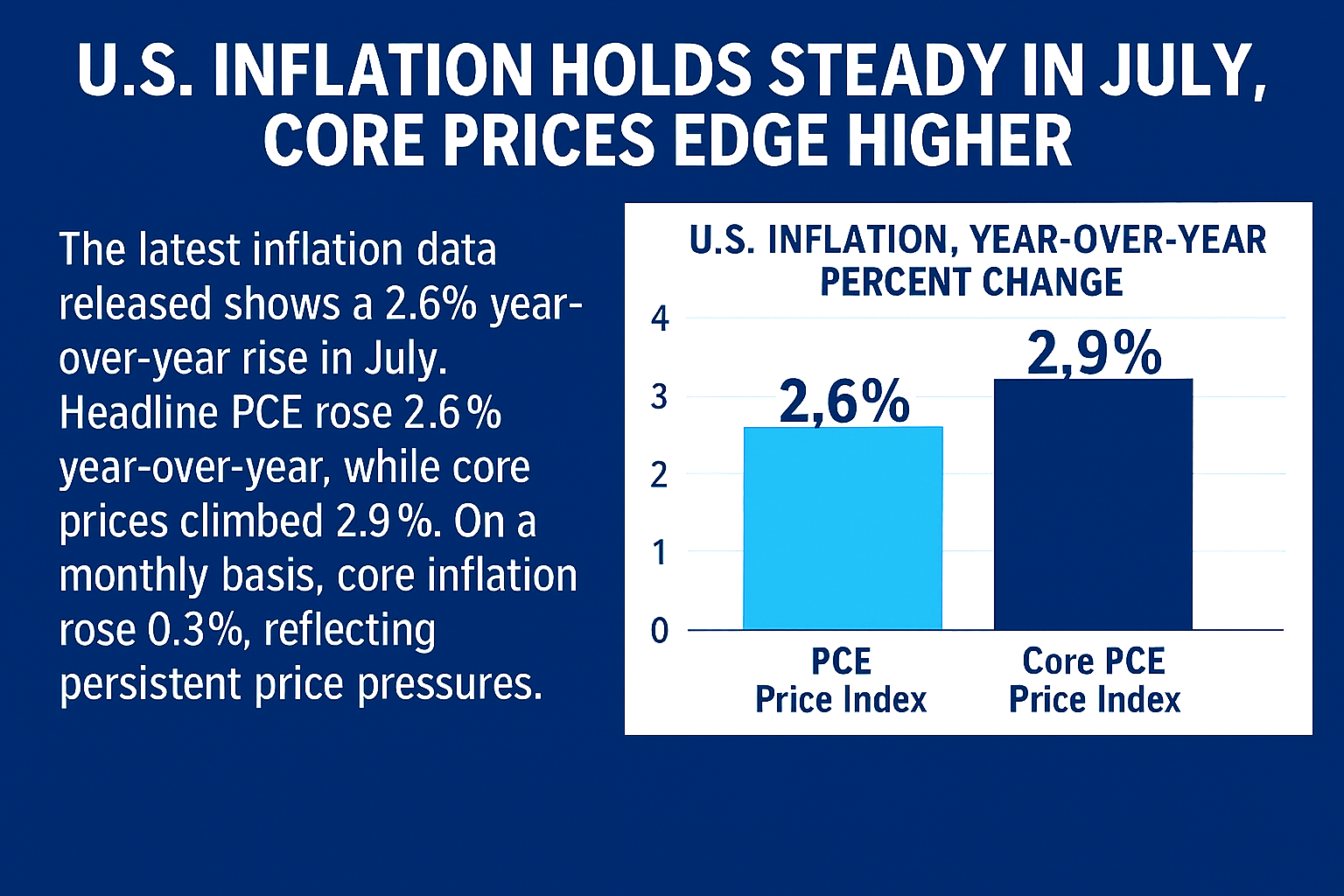Recent inflation data suggests that the Federal Reserve is fast approaching its goal, if not already there – following the central bank’s significant interest rate reduction of 0.50% a few weeks ago
Both consumer and producer price indexes for September 2024 aligned with forecasts, indicating a decline in inflation towards the central bank’s 2% target.
Economists believe the Fed may have already achieved that target.
Last Friday, it was predicted that the personal consumption expenditures (PCE) price index for September 2024 would reveal an annual inflation rate of 2.04% upon its release later in the month.
Should economists’ estimates prove accurate, the figure would be rounded to 2%, aligning precisely with the Fed’s longstanding goal, marking a significant shift from the 40-year inflation peak over two years ago, which led to a series of substantial interest rate hikes.
The Fed favours the PCE as its measure of inflation, although it considers various factors in its decision-making process.
Inflation has significantly decreased over the past 18 months, and the job market has settled at a level that may represent full employment.
The U.S. economy several obstacles in reaching and sustaining the 2% inflation target
Supply chain disruptions
Persistent supply chain problems can escalate the costs of goods and services, potentially increasing inflation.
Labour market tightness
A constrained labour market may result in rising wages, which companies typically offset by raising prices for consumers.
Global economic factors
International events, like geopolitical conflicts or other countries’ economic statuses, can influence inflation via alterations in trade and commodity costs.
Consumer expectations
Anticipations of higher inflation might prompt consumers to increase spending now, which can elevate prices and lead to a self-fulfilling prophecy.
Monetary policy timing
The economy takes time to respond to monetary policy adjustments, leading to a lag between policy implementation and its effects on inflation.
These elements pose difficulties for the Federal Reserve in precisely managing inflation to meet its goal.
While managing inflation is challenging, recent data suggests that although prices haven’t fallen from their peak levels of a few years ago, the rate of increase is slowing down.
The 12-month consumer price index for all items stood at 2.4% in September, while the producer price index, indicative of wholesale inflation and a precursor to pipeline pressures, was at an annual rate of 1.8%.
The 0.50% cut in September 2024to a federal funds rate range of 4.75% to 5% was extraordinary for a growing economy, and it is anticipated that the Federal Reserve will revert to its standard quarter-point adjustment.
Excessive monetary loosening could trigger a surge in consumer demand just as it begins to reach a manageable rate.
Could we witness deflation if the 2% target is overshot?


















